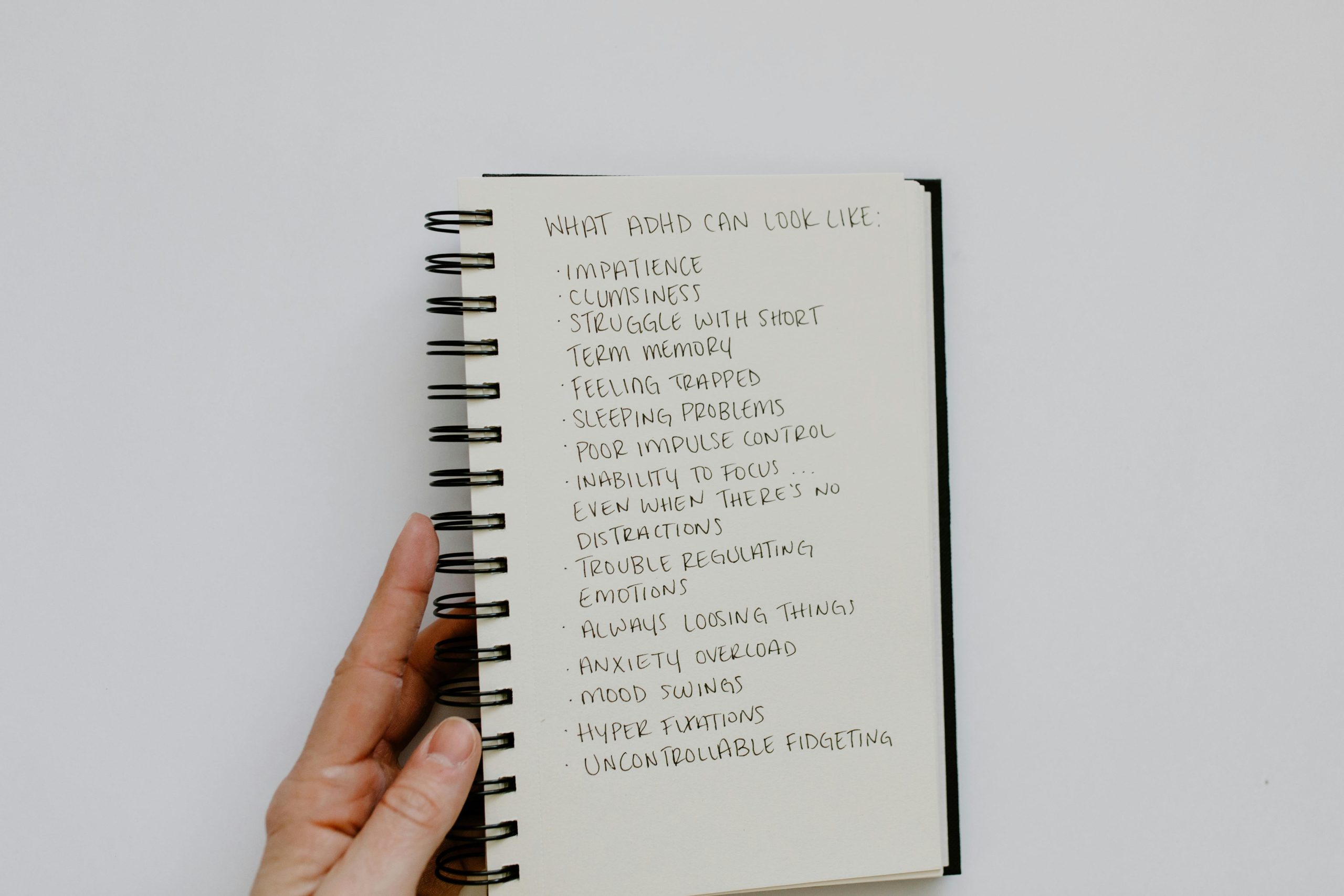Anxiety affects millions of people worldwide, manifesting as persistent worry, restlessness, and even physical symptoms like rapid heartbeat and fatigue. While medication and therapy are common treatments, mindfulness offers a natural and accessible way to manage anxiety symptoms. By focusing on the present moment without judgment, mindfulness helps break the cycle of anxious thoughts and fosters emotional resilience. In this article, we’ll explore how mindfulness techniques can reduce anxiety and provide practical ways to incorporate them into daily life.
Understanding the Connection Between Mindfulness and Anxiety
Mindfulness is the practice of paying deliberate attention to the present moment with an attitude of openness and curiosity. Anxiety, on the other hand, often stems from excessive focus on future uncertainties or past regrets. When we’re anxious, our minds race with “what if” scenarios, triggering the body’s stress response. Mindfulness interrupts this cycle by grounding us in the here and now.
Research supports mindfulness as an effective tool for anxiety reduction. Studies show that regular mindfulness practice can lower cortisol levels (the stress hormone), decrease rumination, and improve emotional regulation. By training the brain to observe thoughts without reacting, mindfulness helps create a mental buffer against anxiety triggers.
Simple Mindfulness Techniques to Reduce Anxiety
1. Deep Breathing Exercises
One of the quickest ways to calm anxiety is through controlled breathing. When anxious, our breath becomes shallow, reinforcing the body’s fight-or-flight response. Deep breathing counteracts this by activating the parasympathetic nervous system, which promotes relaxation.
- 4-7-8 Breathing: Inhale for 4 seconds, hold for 7 seconds, and exhale for 8 seconds. Repeat 3-5 times.
- Diaphragmatic Breathing: Place one hand on your chest and the other on your stomach. Breathe deeply through your nose, ensuring your stomach rises while your chest stays still.
2. Body Scan Meditation
This technique involves mentally scanning your body for tension and consciously releasing it. It’s particularly helpful for those who experience physical symptoms of anxiety, such as muscle tightness or headaches.
- Lie down or sit comfortably and close your eyes.
- Start at your toes, noticing any sensations without judgment.
- Gradually move upward, focusing on each body part and releasing tension as you go.
- Finish by taking a few deep breaths and acknowledging how your body feels.
3. Mindful Observation
Anxiety often pulls us into our thoughts, making us lose touch with our surroundings. Mindful observation redirects attention to the external environment, creating a sense of stability.
Try this: Pick an object nearby—a plant, a cup, or even your hands. Observe its color, texture, and shape without labeling or analyzing. If your mind wanders, gently bring your focus back to the object. This practice trains the brain to stay present.
Incorporating Mindfulness into Daily Life
Mindfulness doesn’t require hours of meditation. Small, consistent practices can make a significant difference in managing anxiety.
- Mindful Eating: Slow down and savor each bite, noticing flavors, textures, and smells.
- Walking Meditation: Pay attention to each step, the sensation of your feet touching the ground, and the rhythm of your movement.
- Gratitude Journaling: Write down three things you’re grateful for each day. This shifts focus from worries to positive aspects of life.
Overcoming Common Challenges in Mindfulness Practice
While mindfulness is powerful, beginners often face obstacles like impatience or frustration. Here’s how to navigate them:
- Expecting Immediate Results: Mindfulness is a skill that develops over time. Be patient with yourself.
- Dealing with Distractions: It’s normal for the mind to wander. Gently guide it back without self-criticism.
- Finding Time: Start with just 5 minutes a day. Consistency matters more than duration.
Conclusion
Mindfulness offers a natural, evidence-based approach to reducing anxiety symptoms by fostering present-moment awareness and emotional balance. Whether through breathing exercises, body scans, or mindful daily habits, these techniques can help break free from the grip of anxiety. The key is regular practice and self-compassion. By integrating mindfulness into your routine, you can cultivate a calmer, more resilient mind—one breath at a time.
